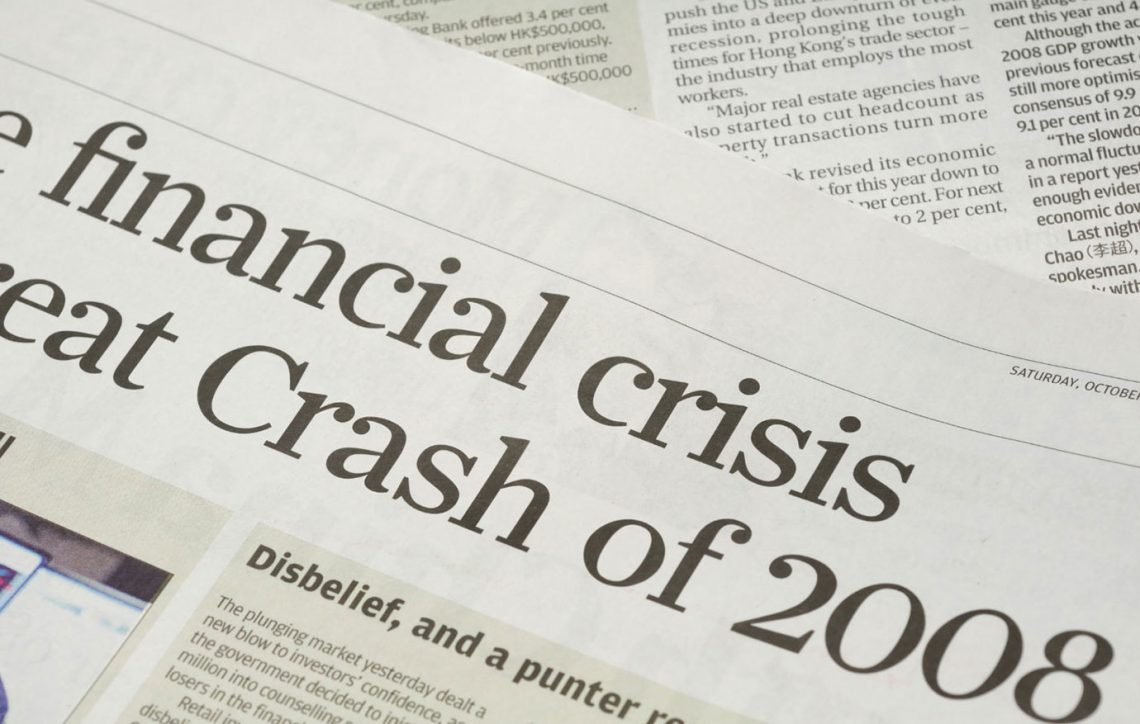Machine learning tool developed to detect fake news domains when they register
Since the recent US election, rumours and falsehoods have spread across the social media landscape like wildfire.
One would think that it would be easy to spot the fact from the fiction, but when even the sitting US President is tweeting spurious reports, it’s hard to see the wood from the trees.
Al is not lost though, as academics from UCL and several other institutions have developed a tool that may help us separate the fact from fiction. They have designed a machine learning tool which can cite domains that were created to spread what has now commonly become known as ‘fake news’.
The academics involved in this project include Anil Doshi (UCL School of Management), Sharat Raghavan (University of California, Berkley) and William Schmidt (Cornell University).
Mr Doshi, who is assistant Professor for the UCL School of Management, discussed how the system would work. He said:
“These producers are nimble and we need a way to identify them early. By using domain registration data, we can provide an early warning system using data that is arguably difficult for the actors to manipulate. Actors who produce false information tend to prefer remaining hidden and we use that in our model.”
The group hopes that they can stop these websites, whose creators have the ability to influence virtually all elements of daily life, before they ever get going.
The group hopes that they can stop these websites, whose creators have the ability to influence virtually all elements of daily life, before they ever get going.
Mr Doshi also reviewed this point of difference, when compared to other similar tools. He said:
“Many models that predict false information use the content of articles or behaviours on social media channels to make their predictions.By the time that data is available, it may be too late.”
In practice, the tool was able to identify over 90 percent of false information domains and over 95 percent of non-false information domains that were created in relation to the 2016 US election.
The academics would like to see their tool used by policy makers and within the social media world, where false news has traditionally gained much of its traction.
Source Pressat & UCL


